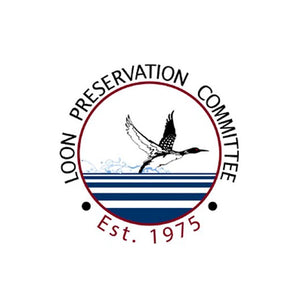
Contaminants in Loon Eggs as Indicators of Environmental Health
Chemical cocktail found in unhatched loon eggs from failed nests, research needed to understand possible effect on loons and other wildlife.
The Problem
Loons are both a symbol of the wilderness and long-lived birds that feed at the top of aquatic food webs. As birds at the top of the aquatic food chain, they are at risk from contaminants that can bioaccumulate in long-lived animals and biomagnify as they move up food webs. The scientific literature and the Loon Preservation Committee (LPC)’s data have shown that concentrations of contaminants in loon eggs are an indicator of levels of these pollutants in the lakes on which loons live. In addition to being potentially harmful to loons, these eggs can indicate high levels of contaminants that could be affecting other wildlife and people. LPC’s testing of failed loon eggs is the most comprehensive undertaken to date, and includes legacy contaminants such as DDT and other organochloride pesticides, PCBs, and dioxins/furans (by-products of industrial processes), as well as emerging contaminants such as PBDEs (flame retardants) and PFOS/PFOA (used in stain repellents and other products). LPC’s testing of loon eggs has revealed levels of some contaminants that approach or exceed levels associated with impaired health and reduced breeding success in other bird species. The effects of these contaminants on loons are unknown, but LPC’s research has correlated elevated contaminant levels with a period of loon population decline and poor reproductive success on one intensively-researched lake. LPC is expanding testing to increase our knowledge of effects of contaminants on loons and identify areas of contamination that may be a concern for loons, wildlife, and potentially human health.
The Solution
Funding from Shared Nation would enable LPC to test inviable loon eggs collected from failed nests from lakes throughout New Hampshire in the summer of 2018. This will help address gaps in our understanding of contaminant levels from previously unsampled lakes and resampling some lakes at which we have recorded high levels of one or more pollutants to track changes in contaminants over time. Results of this project will be data on a wide range of legacy and emerging contaminants in loons; an increased understanding of the relationship between contaminant levels and breeding success of loons; and the identification of potentially high levels of contaminants on lakes with sampled eggs to inform state agencies, relevant lake associations, and the public about levels of contaminants in New Hampshire lakes. Our results will be available to inform further research and decisions to identify and potentially remediate pollution point sources. Ultimately, the results of this research will be published in a peer-reviewed journal to ensure the widest possible dissemination of these data to researchers and decision-makers. This project will benefit the populations of loons and people in New Hampshire by providing information on concentrations of pollutants and identifying sites of concern. It will help to protect loons, other wildlife, and people, and inform our work to understand the extent and impacts of contaminants in New Hampshire.
Stage of Development
- Early Stage
- Established Prototype
- Scaling
- Other
Organization to Receive Funds
Loon Preservation Committee






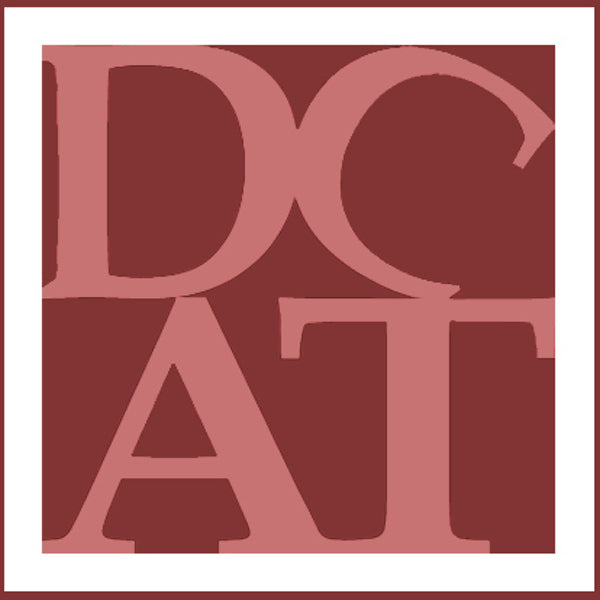



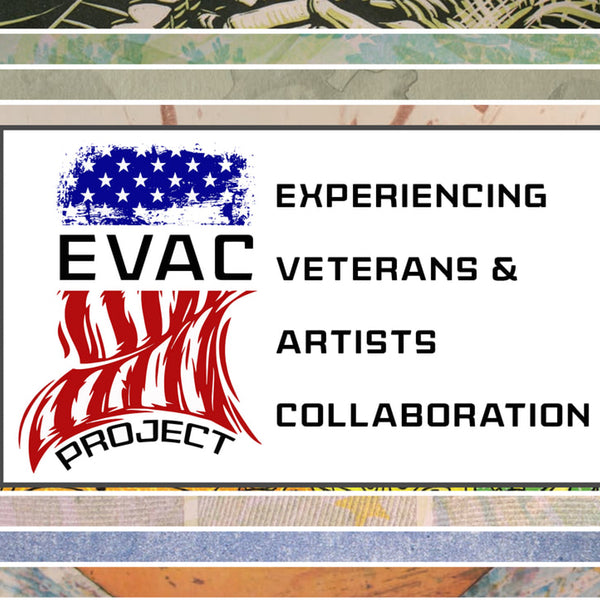


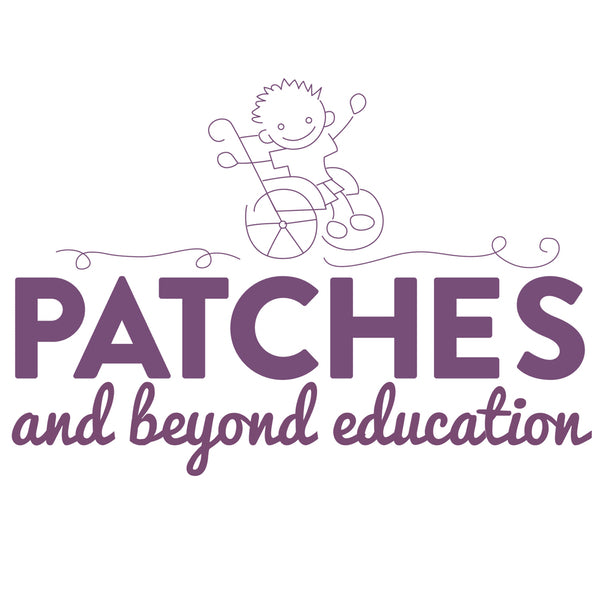
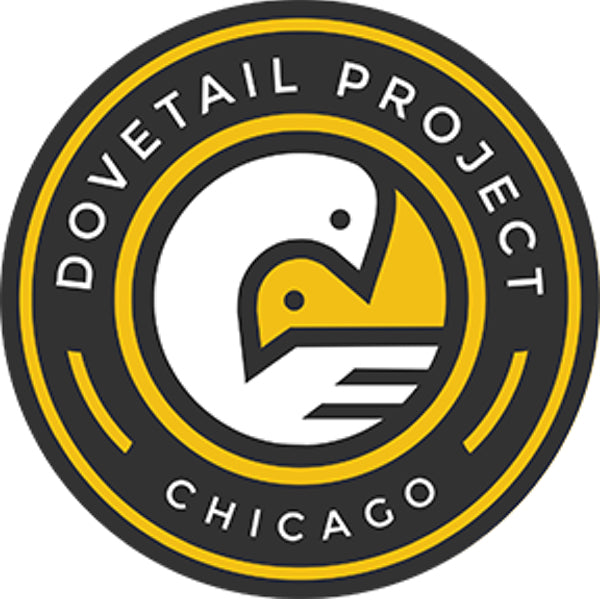
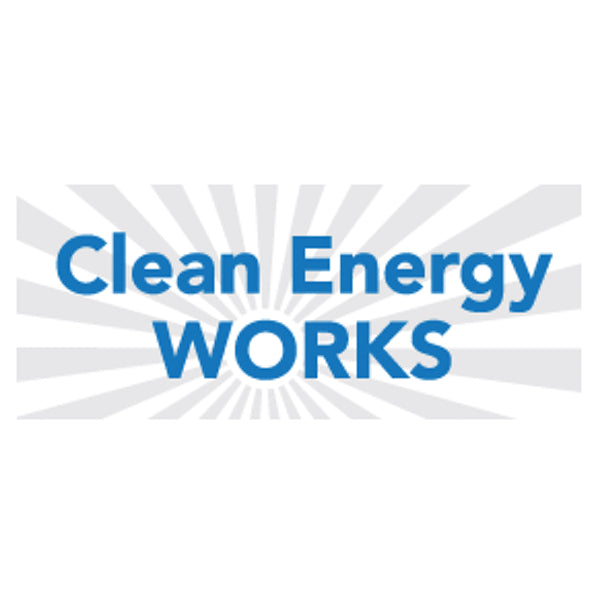












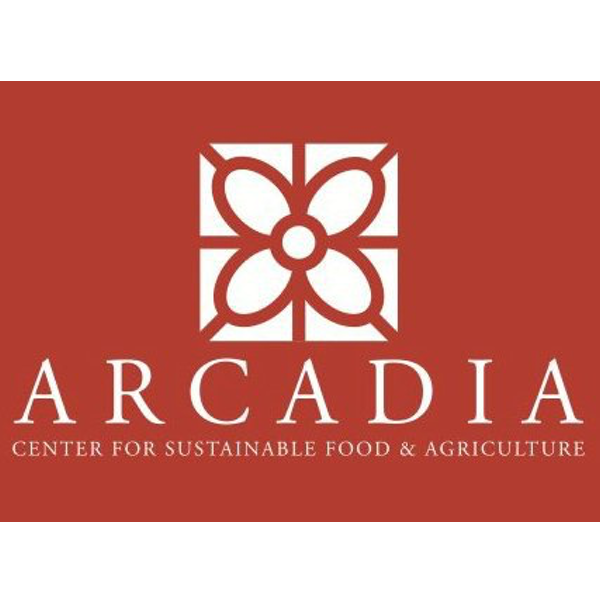





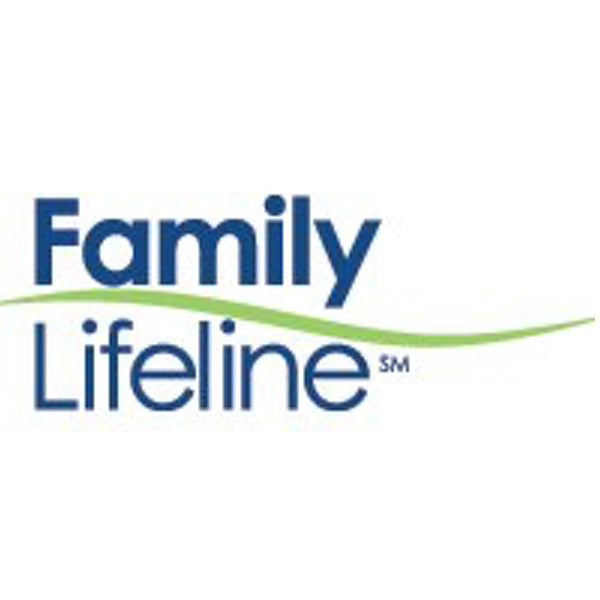



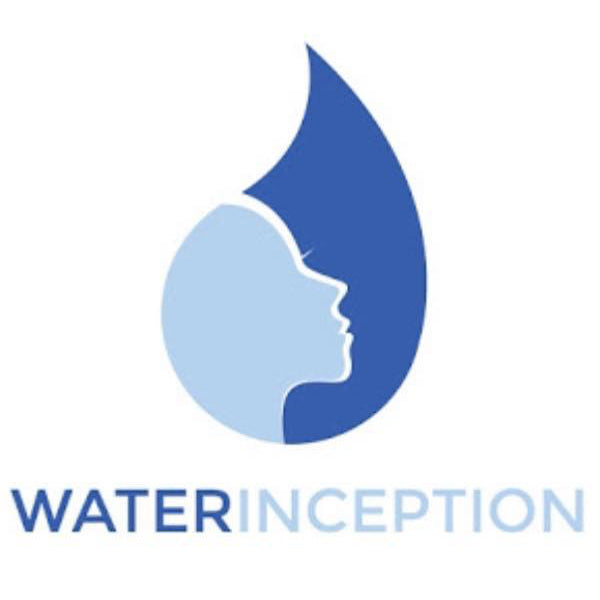





Join The Discussion